Witkar
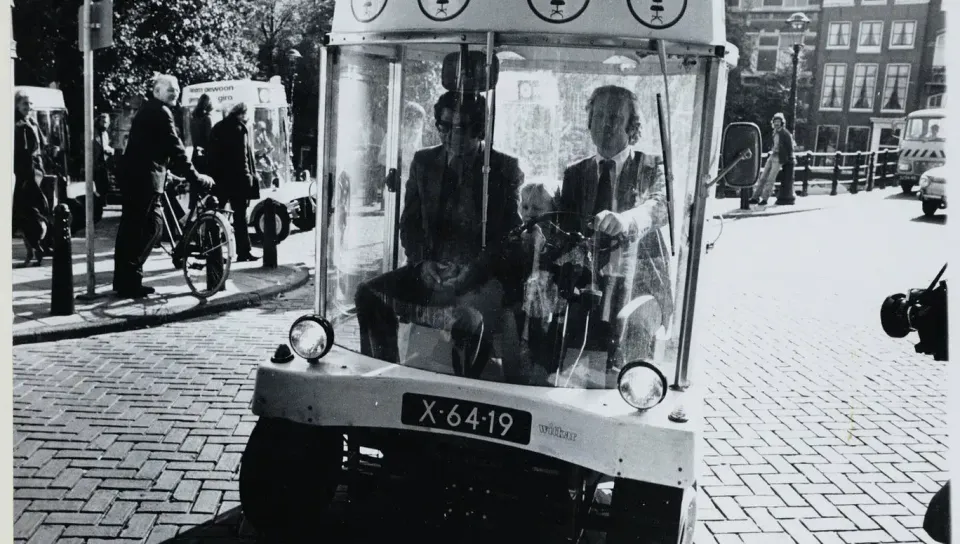
Let this be a lesson to the futurists: every solution is temporary.
Lasting change is creating conditions where the desired solution happens automatically—solutions are nothing without a system to operate within.
This is why language, religion, mathematics, and the scientific method carry so much weight—all are frameworks that expand to encompass, explain, or relate to the human experience. Anyone can pick them up and wield as needed.
Want an example with more of a physical presence? The modern Dutch approach to cycling infrastructure, which creates an environment where the streets, parking garages, public facilities, public transportation, and road network all shoulder a portion of the experience. Because cycling is ubiquitous and enshrined into the local culture, the politicians aren’t as worried about being thrown out by voters after proposing an additional bike lane or closing a portion of the road network to cars.
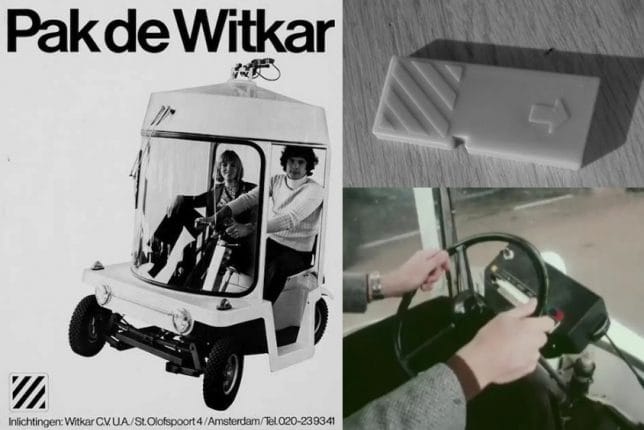
Anyone on a bicycle in, say, Copenhagen benefits automatically from the huge advantages baked into the environment: more convenient parking, cyclist-friendly gradually graded paths, priority signaling, new services that cater to bicycle owners, and vast social acceptance for arriving perhaps a little bit frazzled by the elements en route.
In 99.9% of North America; most of Europe, and much of the wealthier world, the dominating framework is for cars. This is why all micromobility will fail without serious legislation because — as stated above — there is little to no support system for dorky little half-bike-half-car-half-turd things that take up space within a system wholly designed to make high-speed car travel better.
Make owning a four-door car illegal. Quadruple the price of gasoline. Remove three quarters of the parking spots and half of the road lanes — then micromobility solutions will thrive.
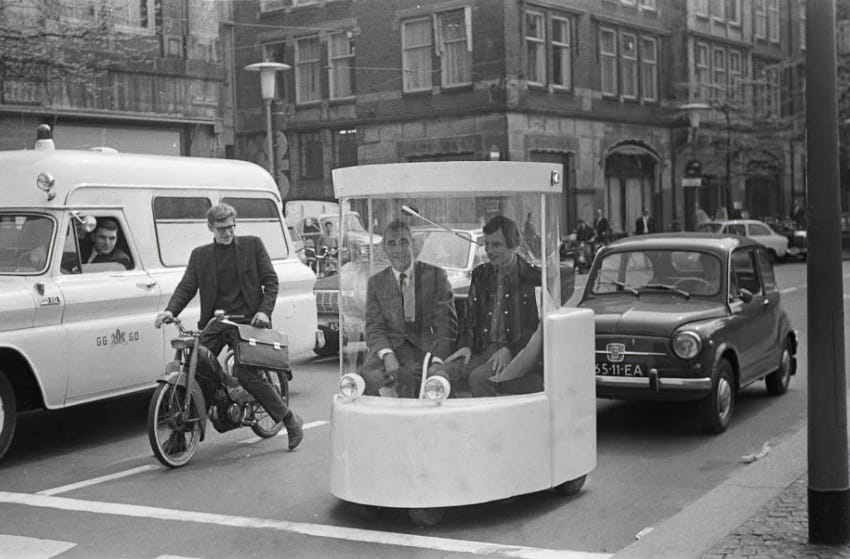
Witkar — meant to be “white car” (not “wit car”, akin to a ‘smart’ car) — was a small car sharing pilot project in Amsterdam that earned a ton of media attention at the time, not much of which was from those meant to benefit from the service.
What’s there to say about this mobile phone booth? Starting in 1968 with the first prototype (above), then later evolving into the more conventional(?)-looking version with small bumpers and license plates for its launch in 1974…I’d love to toss stones with someone who felt these glass karts held some sort of cachet within Amsterdam.
Bruno Vijverman at DrivenToWrite.com has a much more detailed story about Witkar, and instead of following the lead of other sites by regurgitating his entire story, I’ll relay how the Witkar system worked:
“Upon entering you inserted the key into the dedicated slot in the dashboard – the Witkar would unlock from its charging rail and you were ready to go to your destination. Upon arrival you parked your Witkar at the end of the line, and it would automatically re-connect to the charging rail above readying itself for the next user. Witkar claimed the car charged itself to 80% capacity in ten minutes.”
The BBC did a test drive (above), which would have been a total Pain In The Ass to film on cameras of the era — notice how the exterior drive-by shots have no cameraperson in the front seat? Much of it must have been filmed twice.
Inside, squeaks dominate the Witkar experience, as does the terrifying realization you will see it coming. Five dedicated stations handled close to 40 vehicles for, apparently, as many as 4,500 paying members.
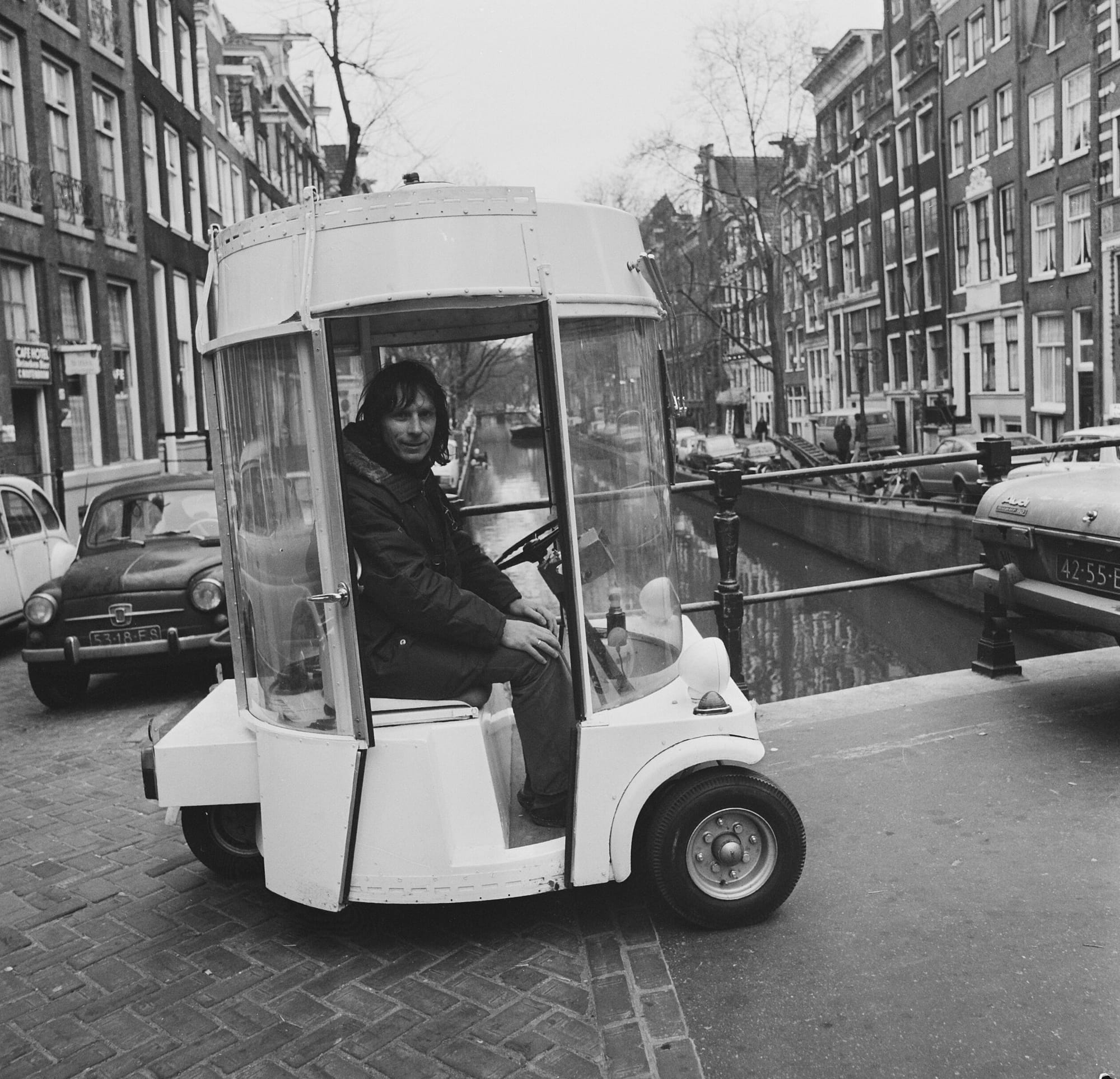
By the time I became a (happy) former car2go member, the computerized station portion was handled by dashboard card readers and an ever-present cell connection. The range restriction of a few km radius was hundreds of km, so long as you were willing to pay the overage.
Of course Witkar failed: it was an aberration, a foreign object, an irritant to a system hell-bent on people choosing cars over all else.
Everyone does it. Automakers, universities, industry groups, and design houses all trot out out fanciful “What If…” products to muscle in on car sharing, micromobility, and other so-called “emerging” segments.
Ask yourself: is the product at odds with the system it operates in? Does it improve quality of life for its users without venturing too far outside of societal norms? Will I look like a knobhead when using it?
Forward thinking, but still a daydream.

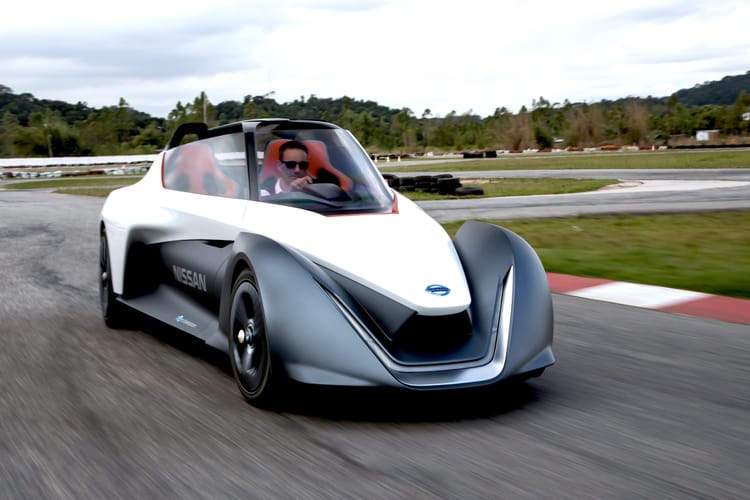

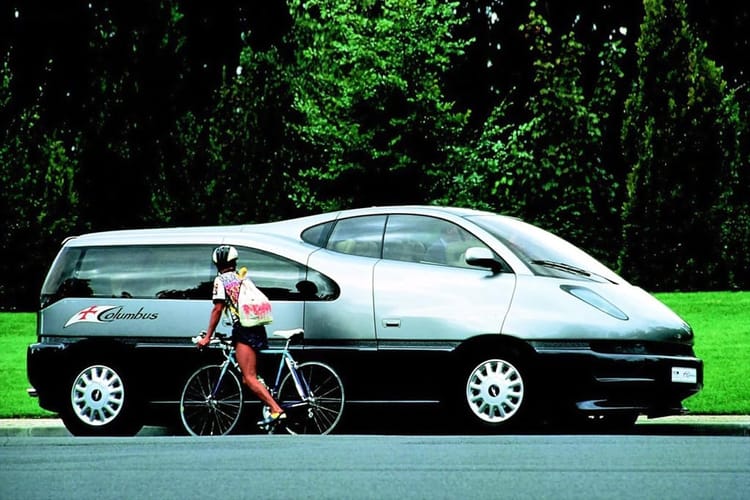


Member discussion